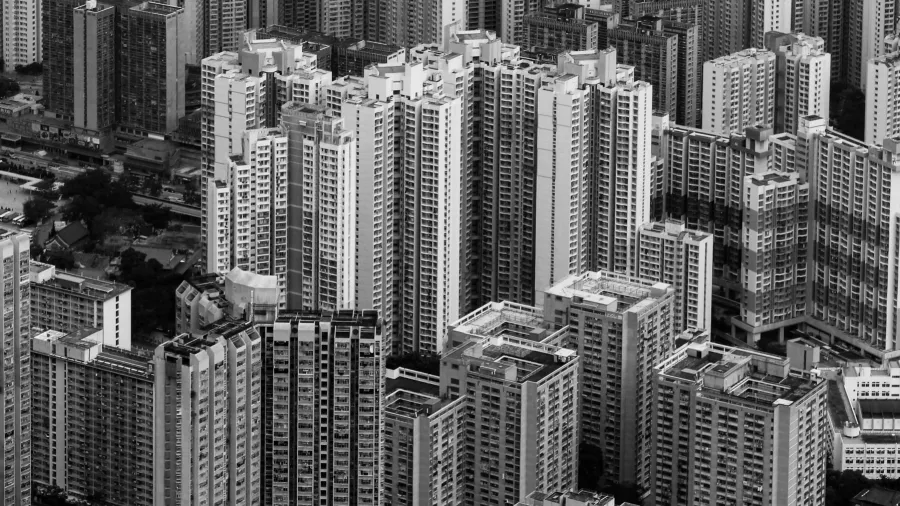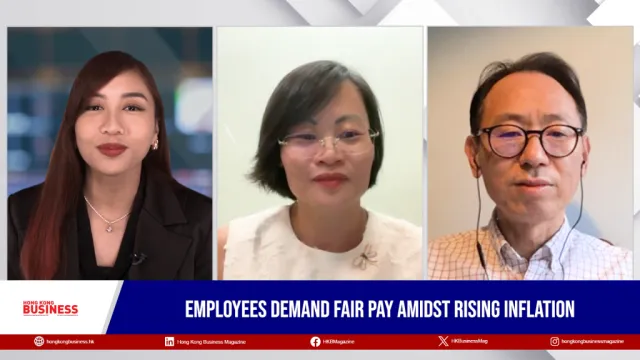
High interest rates dampen buyer appetite in Q2
Residential transactions fell 13% QoQ to 12,200.
Buying sentiment in the residential market slowed in Q2 following the subsequent rate hikes in May, coupled with global stock market volatility, Cushman & Wakefield (C&W) revealed.
According to C&W’s report, residential transactions dropped 13% QoQ to 12,200 in Q2. Year-on-year, sales fell by 18%.
“Developers have continued to actively launch new projects at the market rate, further thinning purchasing power in the secondary market. Primary market housing transactions accounted for around 24% of total residential transactions between January and May,” the expert explained.
Residential prices also turned negative in May, dropping 0.7% MoM.
Price levels of some popular housing estates have likewise declined in the past two months, offsetting some of the Q1 gains.
“The price level in City One Shatin, representing the mass market, was down by 3.0% q-o-q in Q2 (1H 2023 up 16.4%); Taikoo Shing, in the middle market, was down 3.9% q-o-q (1H 2023 up 6.9%); while Residence Bel-Air, representing the luxury market bracket, dropped 1.1% q-o-q (1H 2023 up 4.2%),” C&W reported.
"Although the market believes that interest rates may peak in 2H, the consensus is that the high interest rate environment will persist for quite some time. In addition, the recent stock market volatility, geopolitical instability, and slow recovery of the global economy has contributed to a more cautious buying sentiment and hence dampened the recovery process of residential transactions and prices,” Rosanna Tang, executive director, head of Research, Hong Kong, Cushman & Wakefield, said
“We expect developers to continue to actively launch their new projects in the 2H period, mostly of units at less than $10m, with attractive pricing and packages, while transactions in the secondary market may remain relatively slow,” Tsang added.
Given these factors, C&W expects residential property prices to rise by 3% to 7% for 2023, whilst total residential transactions will likely increase by 10% to 15% y-o-y to around 50,000 units



















 Advertise
Advertise








